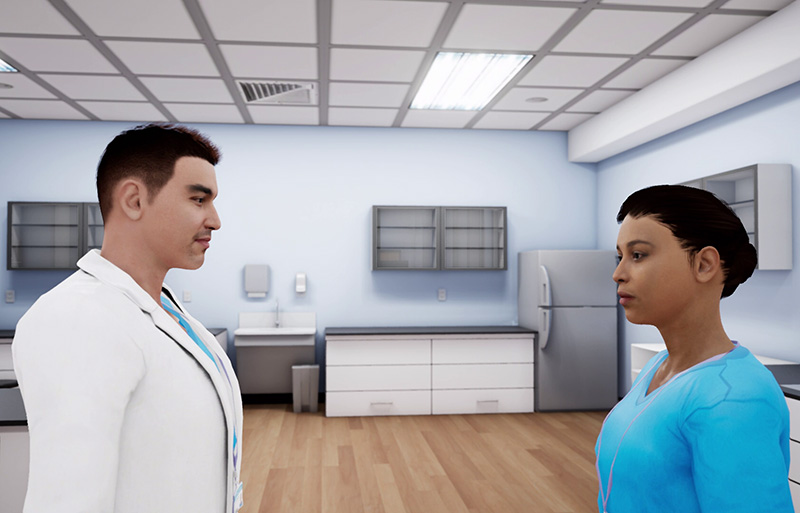Would you like to be part of virtual learning scenarios or passive classroom sessions?
You are soon going to be a part of a team of firefighters. Learning will be on the job. How would you like to take the training? Sitting in a classroom with other new employees, hearing a trainer take you through situations and talk about the various equipment used for the job?
Or, let us say you are the trainer and are entrusted with the task of training new firefighters? How would you like to do it? Gather everyone in a room and explain in detail all the procedures, protocols and equipment?
Definitely sounds boring, mundane, and above all, ineffective. How can one learn to fight a fire and rescue victims by listening to someone explaining the process? It’s a job that needs practical training.
Firefighting is merely an example. Similar to it are innumerable other skills that require practical training. It is not only the best way to learn but also a necessity to make every learner absolutely ready to take on the task in a real-life situation. Creating realistic training grounds, however, may not always be possible, especially in a high-risk field like this. Technology, though, makes it possible to give learners the experiential advantage in every possible field in the form of virtual training scenarios.
Advantages of Virtual Learning Scenarios
As the term suggests, virtual training scenarios take learners on a learning journey in a virtual environment. Be it from the learner’s perspective or the trainer’s, learning in this format provides a bucketful of advantages for both parties.
Engaging learning scenarios: Virtual training scenarios are more than just the click next, voice over, two-dimensional elearning courses. These scenarios present a three-dimensional realistic portrayal of environments fitted with minute details and, when required, virtual humans. The engagement factor is high and learners find themselves immersed in their learning scenarios, and high engagement is always associated with better learning.
Observational learning: Albert Bandura is the psychologist associated with observational learning research which says that through the act of observation learners tend to learn better, retain knowledge and can replicate actions later in their life. Applying the same to training scenarios through virtual environments can provide learners with a platform to observe, learn, and apply.
Accurate depiction of minute details: Since all environments and scenarios are virtually created, every minute detail can be incorporated into the set up. Detailing can be done to the T, presenting learners with an accurate rendering of the working environment and the conditions they would be facing in real-life situations.
Enhanced knowledge retention: When skills are shown as compared to told, there are greater chances of learners understanding better. A scenario vividly presents facts, shows working processes of equipment, spells out procedures performed in an organization, and clearly demonstrates the concepts being covered. This encourages better knowledge retention, be it practical skills or theoretical ones.
Learning from mistakes: Committing mistakes while training may not always be viable when learning in real-life situations, especially in high-risk tasks fire-fighting, welding, on an oil rig, etc. Virtual scenarios, on the other hand are absolutely safe and carry zero-risks. This provides learners with the opportunity to train and work in stress-free environments and learn from their mistakes.
Faster competency building: When learners learn in a stress-free environment and are able to realize the consequences of their actions or decisions, it leads to faster and better competency building. It also gives a boost to their confidence to perform with better insights into the job at hand.

Healthcare professionals, when training in a realistic virtual set up, find it easier to relate to the environment and be better prepared for their jobs.
Better training at reduced costs: The global training industry recorded an impressive expenditure of 370.3 billion US dollars in the year 2019. The average expenditure per employee stood at 1308 US dollars. Goes without saying, that learning and development does comprise a good chunk of an organization’s budget and for very good reasons. If the same budget, or a reduced one could be allocated to provide learners with improved learning opportunities would it not be worth a shot? Virtual scenarios help achieve this very end – better learning at reduced expenditure. Every learning scenario created in VR will be re-useable, helping save on the expenditure spent on creating new learning sessions.
Boundless creative options: Name the scenario, environment, skillset, the time period, equipment, machinery, or field of training, virtual scenarios can be created for every imaginable training requirement. It is also possible to add each possible outcome of actions taken, the consequences and the measures that can be taken to avoid mistakes or improve upon decisions taken.

Conversation is a two-way process and cannot be practiced alone. A virtual human set in a virtual environment provides excellent training scenarios to learn, practice, polish, and excel.
Economical and scalable training material: Scenarios created in virtual environments with virtual humans can be reused multiple times. Tasks like creating training environments for every session, gathering material, and allocating a trainer will be no longer required. When it comes to making minor changes, that can also be undertaken with ease. Along with the advantage of reducing costs also comes the benefit of scalability. Depending upon the requirement, training solutions can be easily scaled to meet demands.
Increased ROI: With production, creation and organization cost of learning material reduced and efficiency of virtual scenario training increased, organizations are bound to witness an increase in ROI. Investing in learning and development is for the enhancement of the employees and in turn the organization. When this is made possible at reduced rates with no compromises on the quality of training being delivered, the ROI per session is bound to see a rise.
Learning and development is the need for every industry. Employees, across functions, need to learn new skills and old skills may require refreshing and polishing. Providing learners with enhanced learning opportunities like virtual scenarios ensures learning is effective and efficient making every penny spent worth it.
Would you like to try your hand at creating virtual scenarios for your employees? No, you needn’t be a technical wizard. You can initiate the process with just a couple of clicks.
Contact us or visit the Virtua Human Marketplace to create your own virtual training scenarios.
Contact Us to create engaging and immersive online learning content or to know more about our immersive architecture.




